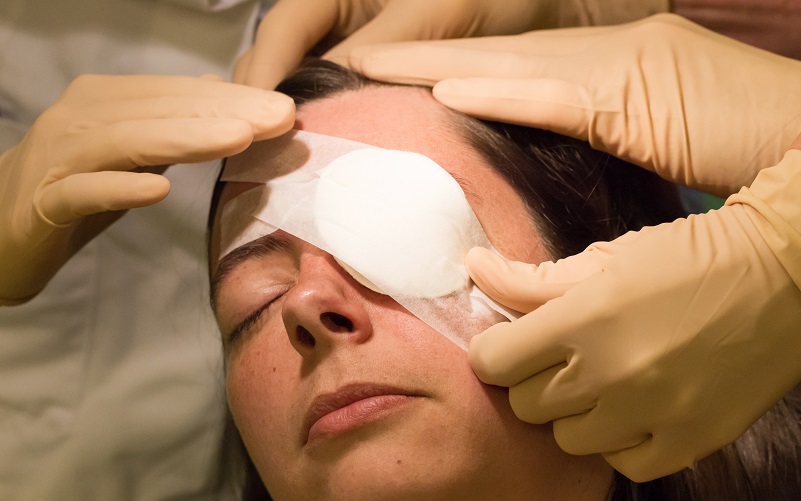In the digital age, children and teenagers are increasingly exposed to the world of social media. As they immerse themselves in this online realm, they gain access to a wealth of information and social connections. However, along with these benefits come potential risks. Just as parents teach their children how to navigate the real world safely, it’s equally essential to guide them through the digital landscape. Parental controls are valuable tools in this journey, ensuring a safer online experience for youngsters. This article delves into the importance and practical implementation of these controls for social media platforms.

Understanding the Need for Parental Controls
Social media is not merely a platform for sharing photos or life updates. It’s a vast expanse where kids can interact with a diverse set of individuals, some of whom may have malicious intentions. Inappropriate content, cyberbullying, and predatory behavior are just a few of the dangers lurking online. Furthermore, excessive use of these platforms can lead to reduced physical activity, impaired sleep, and potential mental health issues. Recognizing these potential pitfalls underscores the importance of parental controls in safeguarding children’s online well-being.
What Are Parental Controls?
Parental controls refer to software tools or settings that allow guardians to monitor and limit their children’s online activity. These controls can range from setting time limits to blocking explicit content or restricting chat features. Some controls even offer detailed reports of online behavior, allowing parents to review their child’s interactions and intervene if necessary. By leveraging these tools, parents can tailor the online environment to suit the age and maturity level of their children, ensuring they have a positive and safe experience.
Choosing the Right Controls for Each Platform
Different social media platforms come with various features and risks. For instance, Snapchat, a popular platform among teenagers, has been associated with instances of cyberbullying due to its temporary message feature, which can sometimes embolden malicious users to believe their actions will leave no trace. Platforms like Instagram and TikTok are visually driven and might expose kids to inappropriate images or videos.
In contrast, Twitter or Facebook might expose them to harmful rhetoric or false information. Hence, it’s essential for parents to familiarize themselves with each platform’s controls. For instance, TikTok has a Family Pairing feature that allows parents to link their account to their child’s and set controls. Instagram has a Restricted Mode, which filters out potentially inappropriate content. Understanding each platform’s unique settings ensures comprehensive protection.
Setting Up and Regularly Reviewing Controls
While it’s essential to set up parental controls, it’s equally crucial to revisit and adjust them regularly. As children grow and mature, their online needs and vulnerabilities change. They might require more freedom, or new dangers might arise that necessitate stricter settings. Furthermore, platforms continuously update their features and controls. Regular check-ins ensure that these tools remain effective and up-to-date. Engaging in open dialogues with children about these settings can also help them understand the reasons behind the restrictions, fostering mutual trust.
Balancing Safety with Independence
While parental controls are invaluable in ensuring online safety, achieving the right balance between protective oversight and granting independence is essential. Children, especially as they transition from early childhood to their teenage years, need space to learn, make mistakes, and develop resilience.
Overly restrictive measures can inadvertently suppress their ability to develop critical thinking and judgment skills necessary for navigating the digital world. Moreover, excessive restrictions can lead to feelings of mistrust or rebelliousness, pushing them to find workarounds or alternative platforms without supervision. It’s essential to strike a balance, using controls as guidance tools rather than shackles.
Open communication about online dangers, coupled with active listening to their online experiences, can empower kids to become discerning and responsible digital citizens. By collaborating with them in setting boundaries, parents can foster a sense of responsibility and mutual trust.
Social media, while offering numerous benefits, also brings with it significant risks for young users. Parental controls serve as a protective layer, shielding children from the more dangerous aspects of the online world. By understanding the need, choosing the right controls for each platform, regularly reviewing settings, and balancing safety with independence, parents can ensure a healthy and secure digital experience for their children. As technology continues to evolve, so too must our strategies for ensuring the well-being of the next generation in the digital realm.





